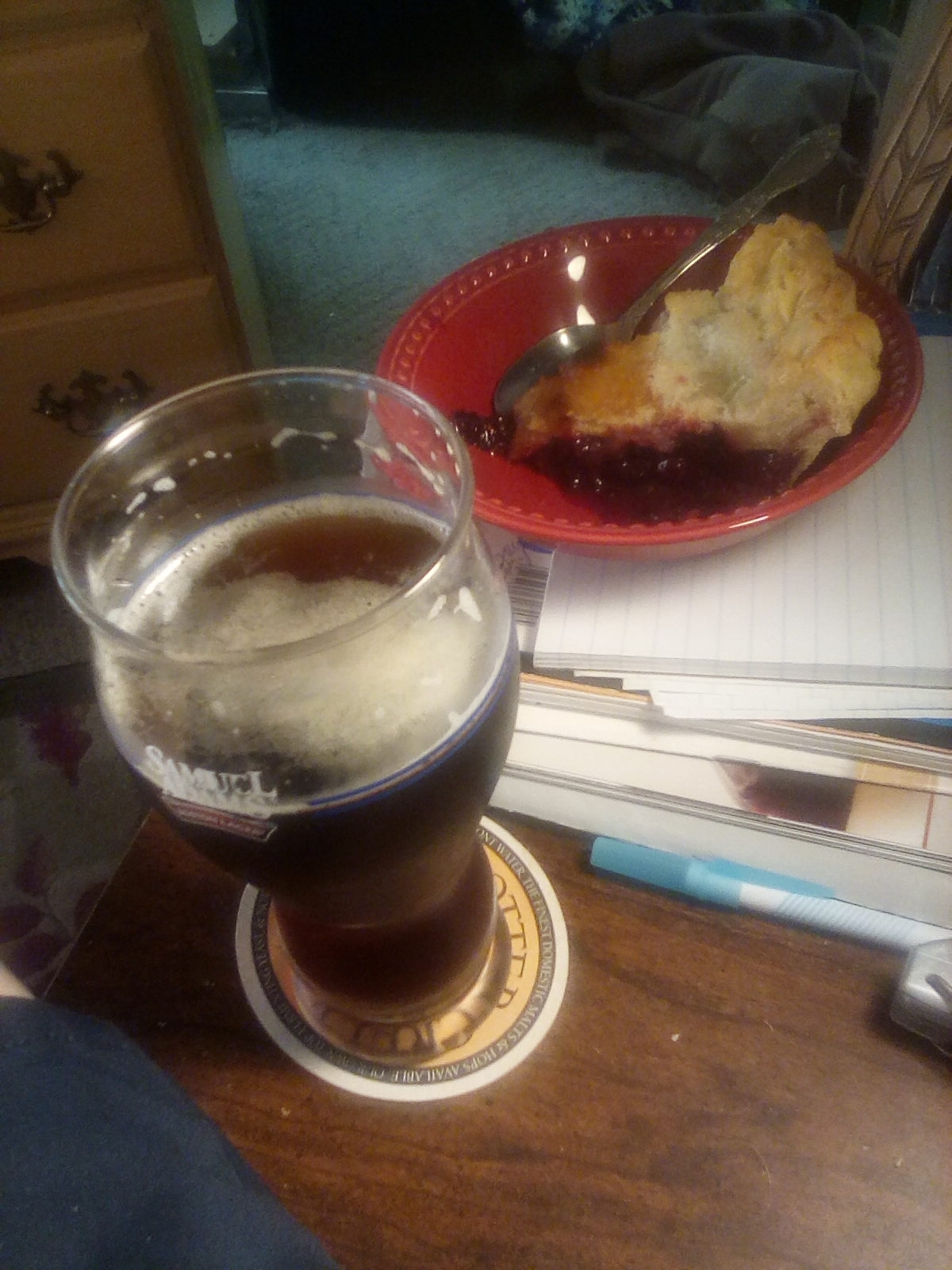Hello,
Brewing an Amber Ale tomorrow from a kit. Yeast provided is a Safale S-04, dry ale yeast. Directions state, "sprinkle into wort." I have always re-hydrated my yeast on the previous 3 batches I have brewed. Should I re-hydrate this or just follow the package directions ? Thanks for any input, still new at this.
steve
Brewing an Amber Ale tomorrow from a kit. Yeast provided is a Safale S-04, dry ale yeast. Directions state, "sprinkle into wort." I have always re-hydrated my yeast on the previous 3 batches I have brewed. Should I re-hydrate this or just follow the package directions ? Thanks for any input, still new at this.
steve








































![Craft A Brew - Safale BE-256 Yeast - Fermentis - Belgian Ale Dry Yeast - For Belgian & Strong Ales - Ingredients for Home Brewing - Beer Making Supplies - [3 Pack]](https://m.media-amazon.com/images/I/51bcKEwQmWL._SL500_.jpg)

















